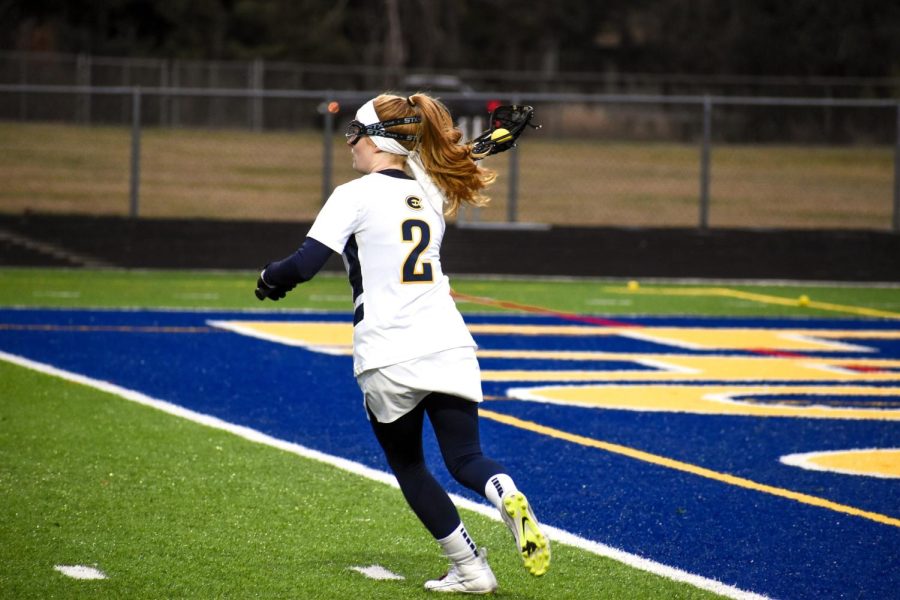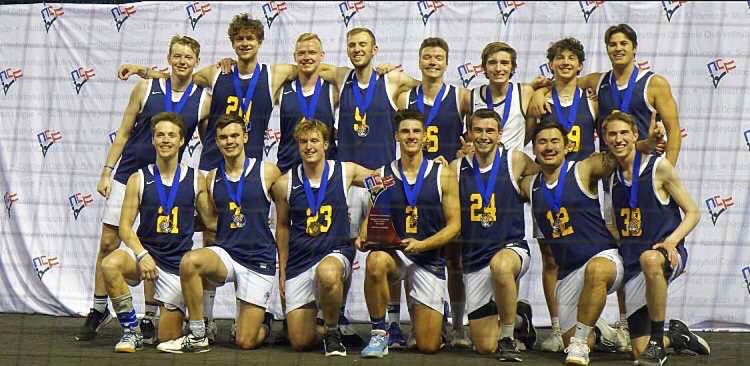At a time when America faces war with Iraq and the ongoing war on terrorism, one would think most students would know at least where the nations involved in United States foreign policy are located on a map.
However, a recent survey done by the National Geographic Society proved this wrong.
“Maybe at least one small good thing will come out of our current conflict with Iraq,” said sophomore Emily Hynek, a geography club member. “People might learn where it is.”
The Society surveyed 3,000 people ages 18 to 24, from nine different countries on their geographical abilities. From the people surveyed from the United States, only 14 percent could find Iraq on a map and 17 percent could find Afghanistan on a map. Less than 11 percent could even locate the United States on a map.
From the countries surveyed, Sweden scored the highest, Mexico was the lowest and the United States ranked second lowest.
Tim Bawden, assistant professor of geography and anthropology and co-adviser of the geography club, said these numbers must be close to accurate.
“There is a certain degree of error, probably a handful of percentage points like political polls,” he said. “Even with a worst-case error the numbers are still disconcerting to say the very least.”
Bawden gave a few reasons why he thinks knowledge of geography might not be as strong as it should be and how other countries are passing the United States up.
“Since the 1960s, geography has been squeezed out of high school curriculums nationally. The building blocks, or fundamentals, of geography are simply place-name geography and learning to read a map,” he said. “But many students are not even getting that.”
European nations have a better geography program in comparison to the United States schools, he said.
“By contrast, European students, whether bound for college or not, learn simple geography in the early grades and throughout their school curriculum,” he said. “I believe that is what has caused the biggest gap in geographic literacy between European and American young people.”
Bawden believes Americans are working at becoming better, but it’s a long process.
“The survey that came out this week was first done in 1988 and it revealed similar results on geographic literacy in America, only that I believe the United States finished with the lowest score overall. Does that show progress has been made? I think we have a long way to go,” Bawden said.
Bringing these statistics to students on campus prompted reactions of shock and disbelief. However, when students were asked if they could point out Iraq on the map, the statistic became a little more real.
“I think that is so sad that college students can’t locate a country that we have been hearing about every day on a map,” freshman Erin Campbell said. “It says a lot about what we should be learning in school.”
There are opportunities to learn more about geography, besides just taking the class. Some students involve themselves in geography organizations on campus.
Last Tuesday, the geography club and the Wisconsin Geographic Alliance held a Geography Bee. There were 23 participants, judged by faculty members. The students were asked geographical questions from the National Geographic Society.
First place went to senior Reid Wilson, second place to senior Luke Beranek, and third place tie went to Hynek, junior Chris Telisak and senior Nik Novak.
“The Geography Bee was a lot of fun and no pressure at all,” Hynek said. “I just went to watch and ended up getting money out of deal –answering a few questions is totally worth the Toppers (pizza) you can buy with the prize money, so way more people should try it next year.”
The knowledge of other countries should be something that is emphasized more in U.S. education today, Hynek said.
“The countries aren’t as separated as they used to be, she said. “We’re becoming a truly global society.”
“Take a couple minutes, dig out an atlas and get a look at where the country that is impacting so much of everything that is going on in our country is located,” she said. “We can’t afford to be ignorant.”





